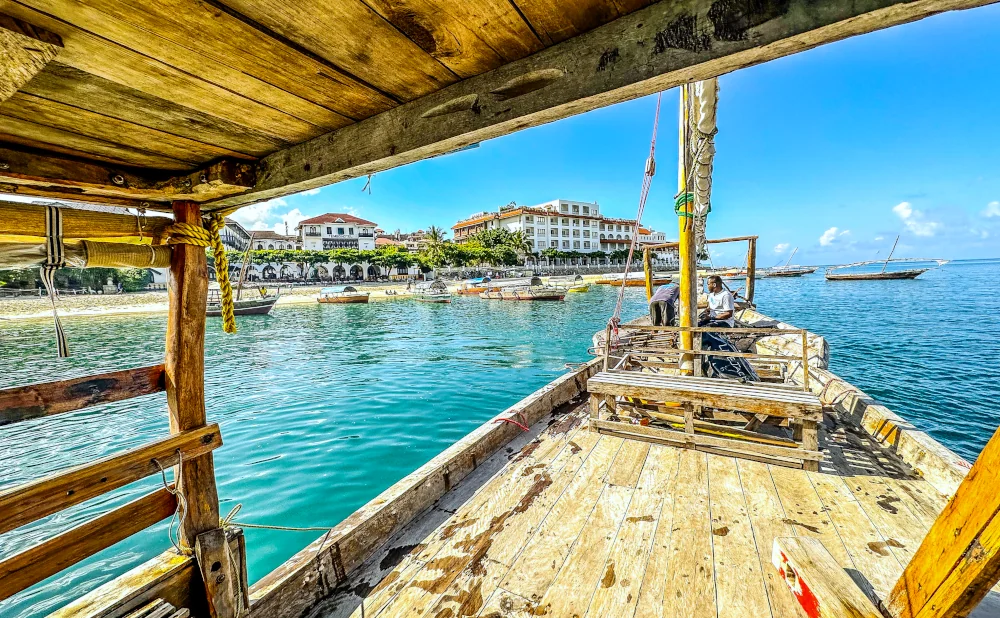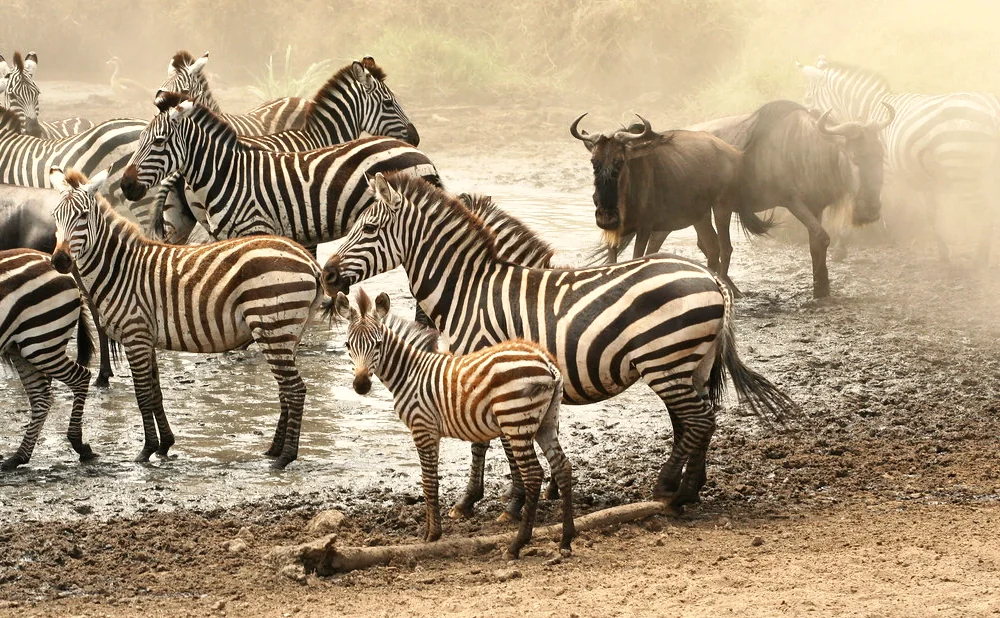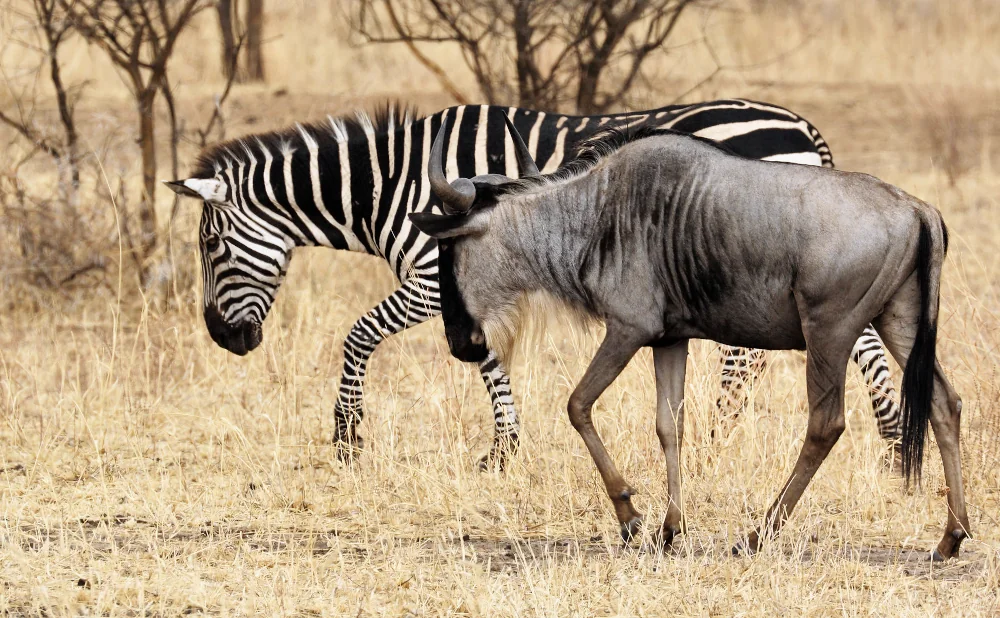is climbing mount kilimanjaro worth it
Mount Kilimanjaro, the highest peak in Africa, is a beacon for adventurers worldwide.
Its towering presence and the challenge it presents have lured countless climbers. But is climbing Mount Kilimanjaro worth it?
This question is not as straightforward as it seems. The answer depends on various factors, including your physical fitness, mental readiness, and personal goals.
In this comprehensive guide, we delve into the heart of the matter. We explore the allure of Kilimanjaro, the preparation required, and the rewards of reaching the summit.
Whether you're an experienced mountaineer or a novice hiker, this article will provide valuable insights. It's time to discover if climbing Mount Kilimanjaro is the adventure you've been seeking.
The Allure of Kilimanjaro: Why It Calls to Climbers
Mount Kilimanjaro is not just a mountain; it's a symbol of Africa's majestic beauty.
Its snow-capped peak, standing tall at 5,895 meters, is a sight to behold. This is the "Roof of Africa," a title that carries a sense of awe and respect.
Climbing Kilimanjaro is a journey through diverse ecosystems. From lush rainforests to arctic conditions, the mountain offers a unique blend of landscapes. This variety is part of what makes the climb so enticing.
But the allure of Kilimanjaro goes beyond its physical attributes. It's about the challenge, the adventure, and the personal growth that comes with it.
The mountain calls to those who seek to push their limits. It's a test of endurance, resilience, and determination. Climbing Kilimanjaro is a transformative experience, one that leaves a lasting imprint on those who undertake it.
Golden Trips Tanzania: Your Guide to the Top of Africa
When it comes to climbing Kilimanjaro, choosing the right tour operator is crucial. Golden Trips Tanzania is a reputable company that offers guided tours to the summit.
Their experienced guides and support teams are well-versed in the mountain's terrain and weather conditions. They provide invaluable assistance, ensuring climbers' safety and increasing their chances of reaching the summit.
Golden Trips Tanzania also contributes to the local economy. By employing local guides and porters, they support community development.
Choosing Golden Trips Tanzania means you're not just embarking on an adventure. You're also making a positive impact on the local community.
Choosing Your Path: Kilimanjaro Hiking Routes Explained
Mount Kilimanjaro offers several routes to the summit. Each route provides a unique experience, with varying levels of difficulty and scenery.
The most popular routes include the Machame, Marangu, and Lemosho routes. These routes are favored for their scenic beauty and acclimatization profiles.
Here's a brief overview of these routes:
Machame Route: Known as the "Whiskey Route," it's challenging but offers stunning views and good acclimatization.
Marangu Route: Dubbed the "Coca-Cola Route," it's the easiest and most comfortable route, with hut accommodations.
Lemosho Route: This is a longer route, allowing for excellent acclimatization and breathtaking vistas.
Choosing the right route depends on your fitness level, experience, and personal preferences. It's important to research each route thoroughly before making a decision.
Remember, the journey is as important as the destination. Choose a route that will enhance your Kilimanjaro experience.
Preparing for the Climb: Physical and Mental Readiness
Climbing Mount Kilimanjaro is a demanding endeavor. It requires both physical and mental preparation.
Physically, you need to be in good shape. Cardiovascular training, strength training, and hiking practice are essential. Start your training months in advance to build endurance and acclimate your body to long-distance hiking.
Mental preparation is equally important. Climbing Kilimanjaro is a test of willpower and determination. Set realistic expectations and develop a positive mindset. Remember, it's not a race, but a journey.
Proper gear is also crucial. Invest in good quality hiking boots, clothing suitable for extreme weather conditions, and sleeping equipment. A comprehensive gear list will be provided by your tour operator.
Lastly, remember that preparation is key to a successful climb. The more prepared you are, the more you'll enjoy the journey and the higher your chances of reaching the summit.
The Financial Aspect: Cost vs. Reward of Climbing Kilimanjaro
The cost of climbing Kilimanjaro can vary widely. It depends on factors such as the route you choose, the length of your trip, and the tour operator you select.
On average, a Kilimanjaro climb can cost between $2,000 to $4,000. This includes park fees, guide and porter fees, food, and accommodation. It's important to budget for additional costs like gear, travel insurance, and flights to Tanzania.
While the cost may seem steep, many climbers find the experience priceless. The sense of accomplishment, the breathtaking views, and the personal growth are rewards that can't be quantified.
In conclusion, climbing Kilimanjaro is a significant financial investment. However, the rewards of the experience often outweigh the costs, making it a worthwhile endeavor for many.
The Journey Up: What to Expect on Your Climb
Climbing Kilimanjaro is a journey through five distinct ecological zones. You start in the lush rainforests at the base and ascend to the arctic conditions at the summit.
Each zone offers a unique experience. In the rainforest, you'll encounter diverse wildlife and hear the calls of exotic birds. As you climb higher, the vegetation thins out, giving way to moorland and alpine desert landscapes.
The final push to the summit is the most challenging part of the climb. The air is thin, and the temperatures can drop below freezing. Despite the harsh conditions, reaching Uhuru Peak, the highest point on Mount Kilimanjaro, is an emotional and fulfilling moment for many climbers.
In conclusion, the journey up Kilimanjaro is a challenging but rewarding experience. It offers a unique opportunity to witness diverse ecosystems, breathtaking landscapes, and the thrill of reaching the "Roof of Africa."
The Summit Experience: Is Reaching Uhuru Peak Worth It?
Reaching Uhuru Peak, the highest point on Mount Kilimanjaro, is often described as a life-changing experience. Standing at 5,895 meters above sea level, you truly feel on top of the world.
The panoramic views from the summit are breathtaking. On a clear day, you can see the vast plains of Africa stretching out below. The sense of accomplishment and the stunning vistas are often cited as reasons why the climb is worth it.
However, it's important to remember that reaching the summit requires a significant amount of physical and mental strength. The final ascent is often the most challenging part of the climb, but the reward is an experience that you'll remember for a lifetime.
In conclusion, reaching Uhuru Peak is a challenging but rewarding experience. It's a testament to human endurance and the beauty of the natural world.
The Impact on Local Communities and the Environment
Climbing Mount Kilimanjaro has a significant impact on local communities. The tourism industry provides jobs for guides, porters, and other support staff. This contributes to the local economy and supports community development.
However, the influx of tourists also puts pressure on the mountain's delicate ecosystems. It's crucial for climbers to practice Leave No Trace principles. This includes carrying out all trash, respecting wildlife, and staying on designated trails.
In conclusion, while climbing Kilimanjaro can bring economic benefits to local communities, it's essential to minimize environmental impact. Responsible tourism ensures the mountain can be enjoyed by future generations.
After the Climb: Reflections and Long-Term Benefits
Once you've descended from the peak, the journey of climbing Mount Kilimanjaro doesn't end. The experience often leaves a lasting impact on climbers. Many find that they've gained a new perspective on life and their personal capabilities.
The physical benefits of the climb can also be long-lasting. High-altitude hiking can improve cardiovascular fitness. The training and discipline required for the climb can also inspire a continued commitment to fitness and health.
In conclusion, climbing Kilimanjaro is more than just a physical journey. It's a transformative experience that can have long-term benefits, both physically and mentally.
Frequently Asked Questions About Climbing Kilimanjaro
Climbing Mount Kilimanjaro is a significant undertaking. It's natural to have questions about the journey. Here, we address some of the most common queries.
What is the best time to climb Kilimanjaro? The best time is during the dry seasons: January to March and June to October.
How long does it take to climb Kilimanjaro? It depends on the route, but typically between 5 to 9 days.
Do I need special training? Yes, both physical and mental preparation is crucial for a successful climb.
Remember, thorough research and preparation are key to a successful and enjoyable Kilimanjaro experience.
Weighing the Worth of Climbing Mount Kilimanjaro
Climbing Mount Kilimanjaro is a journey of self-discovery and endurance. It's a test of physical strength and mental resilience. But the rewards, from the breathtaking views to the sense of accomplishment, are immeasurable.
The climb also contributes to the local economy and supports community development. It's an opportunity to immerse oneself in a unique cultural experience and witness the beauty of Tanzania's landscapes.
In the end, the worth of climbing Kilimanjaro is a deeply personal decision. It's about weighing the challenges against the potential rewards and deciding if the journey aligns with your personal goals and aspirations.











